Why the Chattogram port tariff hike looks more like value extraction
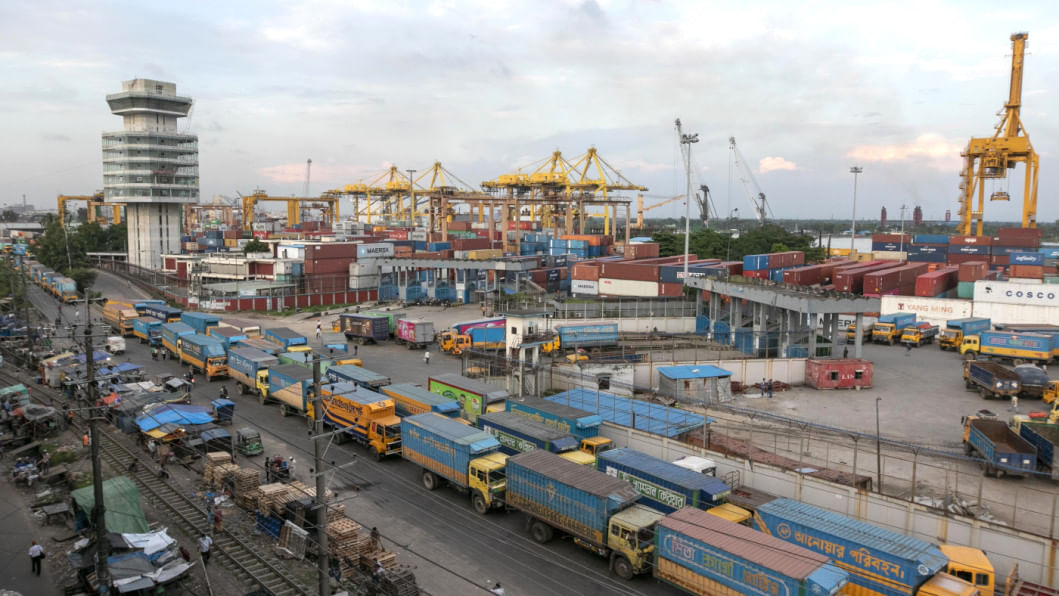
Chattogram port is the beating heart of Bangladesh's seaborne trade, handling over 90 percent of its international trade volume and 98 percent of its container traffic. So, when the Chittagong Port Authority (CPA) announced a 41 percent average hike in port service tariffs to be effective from October 14, 2025 onwards—after a one-month deferral—the shockwaves were not surprising.
This is the first comprehensive pricing update in nearly 40 years. Under the revised schedule, fees across 23 service categories—including container handling, pilotage, tug service, storage, and ancillary port operations—saw significant increases. For instance, the handling charge for a 20-foot container jumps from Tk 11,849 to Tk 16,243, a hike of 37 percent. Meanwhile, import containers will cost an additional Tk 5,720, and export containers Tk 3,045. On top of that, a newly imposed "container movement" charge adds around Tk 3,000 per container.
Officials justify the hike on grounds of inflation, rising costs, and the need to modernise infrastructure. If the port struggled financially, a drastic hike like that might have made sense. But the CPA's recent financials tell a different story: in FY2024-25, it reportedly generated Tk 5,228 crore (52.28 billion) in revenue, posting a record net profit of Tk 2,913 crore. So even before the tariff bump, the port was making strong returns. Many critics, therefore, argue that this was not a rescue exercise; it was more of a value-extraction move.
Trade commentators note another factor: many CPA tariffs are denominated in US dollars. Over time, as the taka depreciated (from Tk 27 per dollar in 1986 to around Tk 122 now), the local-currency cost of port services has gradually climbed without formal revisions. That means many port users were already paying significantly higher local costs due to currency changes. Hence, some see the current move as an attempt to lock in a higher revenue base ahead of structural changes at the port. Amid this controversy, a major deal is in motion: the New Mooring Container Terminal (NCT), which alone handles nearly 40 percent of Chattogram's total throughput, is slated for management takeover by DP World under a government-to-government PPP arrangement. In that arrangement, DP World would take over operations, collect terminal handling fees, and pay the CPA a royalty and fixed fees.
A key suspicion among industry stakeholders is that the tariff hike is timed to bolster the financial attractiveness of that and other terminal deals. In other words, the port is being re-priced just ahead of a transfer of operational control, ensuring that the incoming operator steps into a high-yield environment. As one BGMEA leader put it, "the tariff hike may have been designed to make port operations look more profitable for them [foreign operators]."
This could tilt the balance of future gains more heavily towards private operators if the royalty or revenue-sharing terms are set against higher baseline fees. Some analysts also argue that the International Finance Corporation (IFC), acting as the government's transaction adviser, has influence over the tariff design, supposedly mirroring earlier models for terminal concessions. They also question whether its advisory role might bias it towards foreign operator interests.
Meanwhile, the Bangladesh Shipping Agents Association (BSAA) has called the tariff increase commercially unsustainable, and urged that it be scaled down to 10-15 percent at most, to be gradually implemented over six to 12 months. Business groups in Chattogram have demanded postponement of implementation until full stakeholder consultation. Officials from BGMEA and local chambers have also said that while they accept the idea of port modernisation, imposing a 41 percent hike without demonstrable service improvement is untenable. Importers and manufacturers also warn of escalating cost pressures. Others said the burden of additional surcharges will eventually fall on consumers, especially if industries cannot pass it on to global buyers, thereby increasing inflationary pressure.
Overall, the consensus among critics is that the hike lacks fairness in timing, consideration of user capacity, and consultation with affected trade communities. And its ripple effects are already visible. CMA CGM, a major global shipping line, has announced a surcharge (effective from October 26), ranging from $45 to $350 per container, to offset higher operational charges at Chattogram. Some other main line operators are expected to follow suit. These additional costs will burden importers directly, and exporters indirectly, since their supply chains also rely on imported inputs. For garment exporters, the impact would be double because raw materials and finished goods both pass through the port.
Another risk is that shipping lines could divert vessels. If cost-per-container rates become excessive, Chattogram port could lose relative competitiveness, resulting in some shipping principals favouring ports in neighbouring countries, thus marginalising Bangladesh's trade corridors.
Given these realities and the high stakes involved, a course correction is essential. Tariff increases should be rolled back or paused immediately, at least until stakeholder consultations conclude and a more moderate path is agreed upon. Any future adjustments should follow a phased implementation to ease the burden on port users and maintain confidence. Tariff increases must also be linked to tangible service improvements, such as faster turnaround times, better infrastructure, and reduced delays, so that higher charges are justified. That said, a transparent process and public debate and hearings are also crucial before any major tariff or terminal management decisions are finalised.
Additionally, safeguards in PPP contracts are necessary to protect Bangladesh's interests should DP World or another operator take over, including clear royalty rules, performance benchmarks, audit rights, and limits on unilateral tariff hikes. Finally, the CPA and the higher authorities should consider local alternatives first, exploring ways to strengthen domestic public-private partnerships or upgrade local capacity rather than defaulting to foreign operator models.
The tariff hike at Chattogram port cannot be viewed as a simple price adjustment. It sits at the intersection of economics, governance, and geopolitics. Yes, Bangladesh's ports need modernisation and better capacity, and sometimes tariff reform is part of that. But the how and when matter just as much as the how much. When you combine a 41 percent overnight jump with a pending foreign operator deal, without the much-needed transparency or stakeholder inclusion, the optics look like value extraction more than necessary reform. The trade sector, ordinary consumers, and our national interests deserve better than being swept aside in a rush to ink deals.
As Bangladesh moves beyond LDC status and seeks to boost its international trade footprint, strategic decisions in port infrastructure should be made with sufficient deliberation, consensus, and accountability. The port is a gateway not only for goods but also for trust. Let's not sacrifice one for the other.
Ahamedul Karim Chowdhury is adjunct faculty at Bangladesh Maritime University, and former head of inland container depot at Kamalapur and Pangaon Inland Container Terminal under Chittagong Port Authority.
Views expressed in this article are the authors' own.
Follow The Daily Star Opinion on Facebook for the latest opinions, commentaries and analyses by experts and professionals. To contribute your article or letter to The Daily Star Opinion, see our guidelines for submission.

 For all latest news, follow The Daily Star's Google News channel.
For all latest news, follow The Daily Star's Google News channel. 
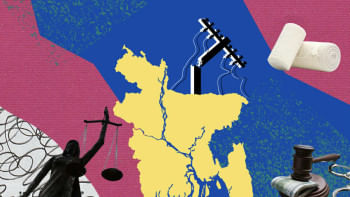



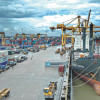
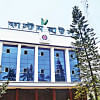

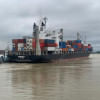

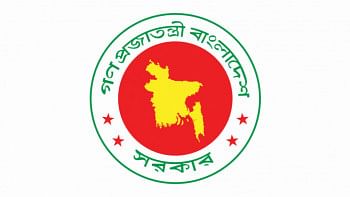
Comments